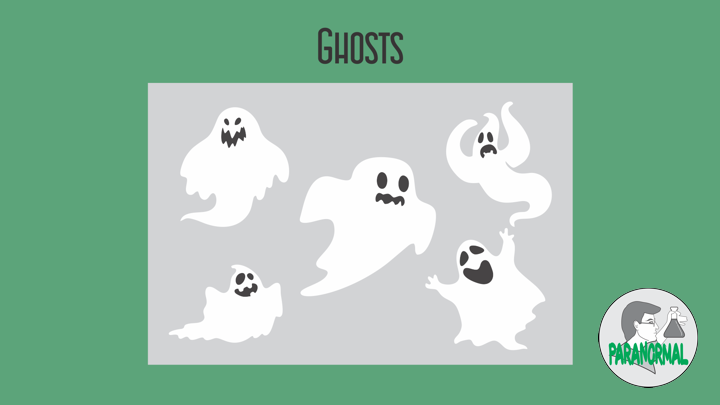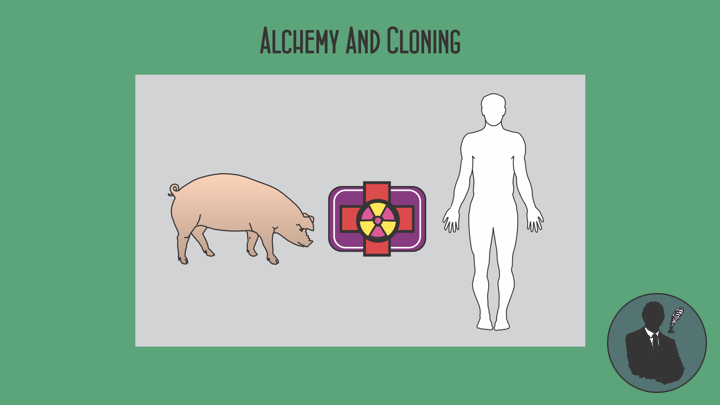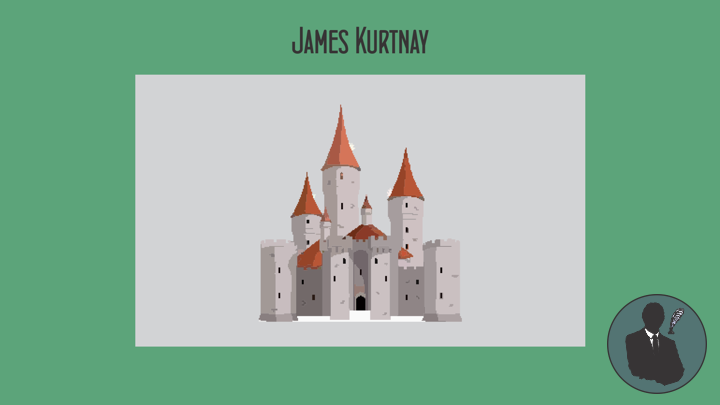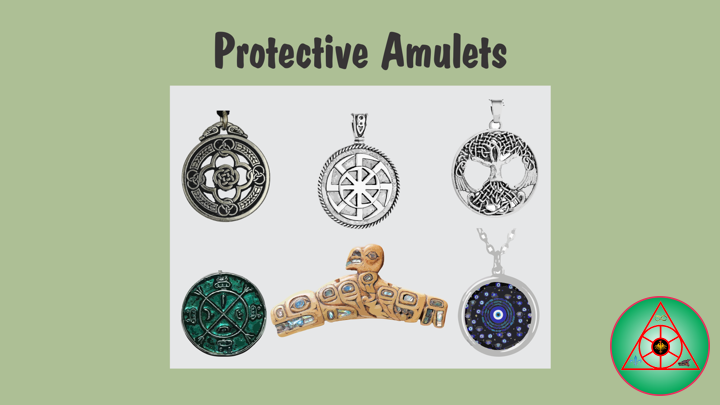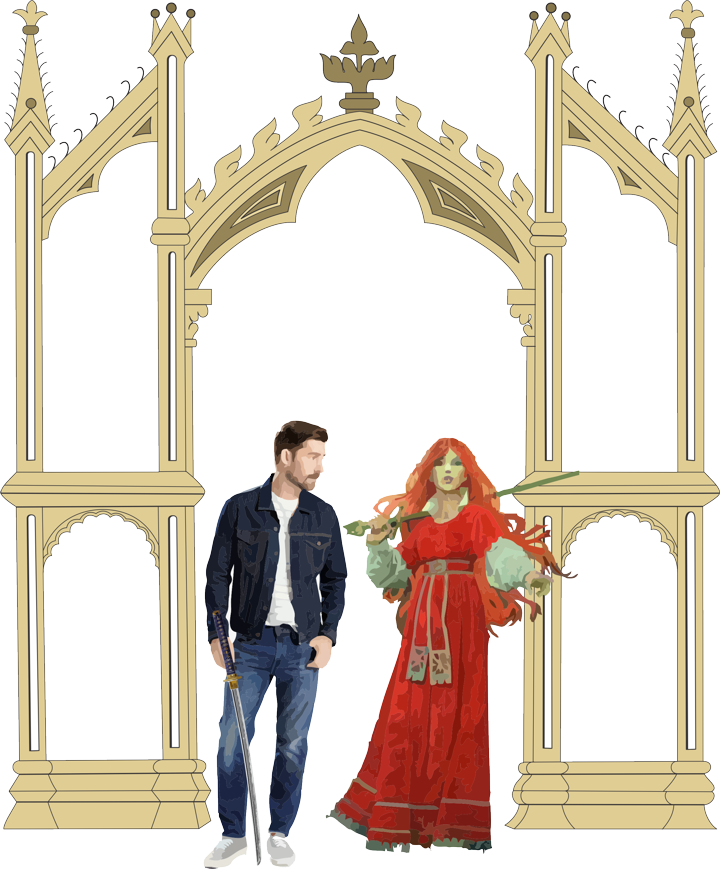TheSass
——
#Paranormal #DrScientist #Ghosts #ExtrasensoryPerception #Cryptozoology #Telekinesis #Poltergeists #Ghost #UFO #Alien #Extraterrestrial
——
——
Ghosts
In a ghost is the soul or spirit of a dead person or non-human animal that is believed to be able to appear to the living. In descriptions of ghosts vary widely, from an invisible presence to translucent or barely visible wispy shapes to realistic, lifelike forms. Other terms associated with it are apparition, haunt, haint, phantom, poltergeist, shade, specter, spirit, spook, wraith, demon, and ghoul.
By Religion Ghosts
- Judaism
- Christianity
- Islam
- Indian
- Buddhism
- Etc…
By Culture Ghosts
- African
- European
- South and Southeast Asia
- Thailand
- Austronesia
- East and Central Asia
- China
- Japan
- Americas
- Mexico
- Etc…
Types of Ghosts
Ghosts are a common element of many cultures and traditions around the world, and they come in many different forms. Here are a few of the most common types of ghosts:
- Vengeful Ghosts: These are ghosts that are believed to have died under unjust or violent circumstances and seek revenge on the living. They are often associated with murder victims, soldiers killed in battle, or people who were wronged in life.
- Friendly Ghosts: In contrast to vengeful ghosts, friendly ghosts are believed to be helpful or benevolent spirits that can offer protection or guidance to the living. These ghosts are often associated with deceased loved ones or ancestors who continue to watch over their families.
- Poltergeists: Poltergeists are ghosts that are believed to be responsible for physical disturbances in a home or other location, such as moving objects or loud noises. They are often depicted as mischievous or malevolent spirits.
- Ghosts of Ancestors: In many cultures, it is believed that the spirits of deceased ancestors continue to play a role in the lives of their living descendants. These ghosts are often honored with offerings or prayers and are believed to provide guidance and protection to their families.
- The Interactive Personality: The most common of all ghosts spotted is usually of a deceased person, someone you know, a family member or perhaps even a historical figure. These ghosts can be friendly or not, but often show themselves to others in a variety of ways. They can become visible; they can speak or make noises, touch you or even emit an odor like perfume or cigar smoke, etc, to let you know they are there. Experts say that this type of ghost retains its former personality of when they were alive and can feel emotions. And often, they are visiting you to comfort you or let you know something important. So if you happen to see a lost loved one, chances are they are there because they feel you want or need to see them.
- Ghosts of Children: The spirits of deceased children are often depicted as ghosts in many cultures and are sometimes believed to be especially potent or powerful. In some cases, they are seen as innocent and benevolent beings that bring good luck, while in others they are feared as vengeful or malevolent spirits.
- Ghostly Animals: In some cultures, it is believed that animals can also become ghosts. These ghosts are often associated with the spirits of beloved pets or with animals that played an important role in a community’s history or mythology.
- The Ectoplasm: Ever seen a mist or fog that almost looks like it’s swirling. This vaporous cloud usually appears several feet off the ground and can move swiftly or simply stay still, almost likes it’s orbiting. These ghostly encounters have been captured and can be white, gray or even black. Although they can simply appear this way, linger then move away quickly, sometimes ectoplasms appear before becoming a full-bodied apparition.
- Orbs: Orbs are probably the most photographed type of anomaly. They appear as a transparent or translucent ball of light that is hovering over the ground. It is believed that orbs are the soul of a human or even an animal that has died and is traveling around from one place to another. The circular shape they take on makes it easier for them to move around and is often the first state they appear in before they become a full-bodied apparition.
- Funnel Ghosts: Most often spotted in homes or old historical buildings, the funnel ghost or vortex is frequently associated with a cold spot. They usually take on the shape of a swirling funnel and most paranormal experts believe they are a loved one returning for a visit or even a former resident of the home. Appearing as a wisp of light or a swirling spiral of light.
- Etc…
Report a Ghosts? Have some Ghosts footage a cell integrated camera or a movie camera or a video camera? Have some Ghosts a picture? The Sassquatch’s Lair, www.sassquatch.org, Paranormal, Name, Email, Comment or Message, Submit…
Dr. Scientist
——
#LudgerBedardConsultingPrivateDetective #LudgerBedard #JamesKurtnay #Distillery #Laboratory #Alchemy #Detective #Adventurer #Occult #Paranormal #Magic #Alchemy #3DAnimation
——
——
Ludger and James and quest alchemy provided a body of knowledge that ultimately led to the sciences of chemistry, metallurgy, and pharmacology. The unknown substance, also called “Tincture” or “Powder” sought by alchemists for its supposed ability to transform base metals into precious ones, especially gold and silver. Alchemists also believed that an “Elixir Of Life” could be derived from it. Inasmuch as alchemy was concerned with the perfection of the human soul, the “Philosopher’s Stone” was thought to cure illnesses, prolong life, and bring about spiritual revitalization.
Long shrouded in secrecy, alchemy is now recognized as the ancestor of modern chemistry. Alchemists were notorious for attempting to make synthetic gold, but their goals were far more ambitious: to transform and bend nature to the will of an industrious human imagination. For scientists, philosophers, and artists alike, alchemy seemed to hold the key to unlocking the secrets of creation. Alchemists’ efforts to discover the way the world is made have had an enduring impact on artistic practice and expression around the globe. Inventions born from alchemical laboratories include metal alloys for sculpture and ornament, oil paints, effects in glassmaking, and even the chemical baths of photography. The mysterious art of alchemy transformed visual culture from antiquity to the Industrial Age, and its legacy still permeates the world we make today.
Kurtnay Castle (Argyll, Scotland) and St James’s Palace (London, United Kingdom) is the alchemical laboratories. Molecular cloning is a set of experimental methods in molecular biology that are used to assemble recombinant DNA molecules and to direct their replication within host organisms. The use of the word cloning refers to the fact that the method involves the replication of one molecule to produce a population of cells with identical DNA molecules. Molecular cloning generally uses DNA sequences from two different organisms: the species that is the source of the DNA to be cloned, and the species that will serve as the living host for replication of the recombinant DNA. Molecular cloning methods are central to many contemporary areas of modern biology and medicine.
Cloning is the process of producing individual organisms with identical genomes, either by natural or artificial means. In nature, some organisms produce clones through asexual reproduction, this reproduction of an organism by itself without a mate is known as parthenogenesis. In the field of biotechnology, cloning is the process of creating cloned organisms of cells and of DNA fragments.
The artificial cloning of organisms, sometimes known as reproductive cloning, is often accomplished via somatic-cell nuclear transfer, a cloning method in which a viable embryo is created from a somatic cell and an egg cell. Another example of artificial cloning is molecular cloning, a technique in molecular biology in which a single living cell is used to clone a large population of cells that contain identical DNA molecules.
Ludger and James travel in Vienna, Austria, in human and pig cloning the 1664.
Ludger Bedard and James Kurtnay
——
#LudgerBedardConsultingPrivateDetective #LudgerBedard #JamesKurtnay #Distillery #Laboratory #Alchemy #Detective #Adventurer #Occult #Paranormal #Magic #Alchemy #3DAnimation
——
——
James Kurtnay
The area around Port Ellen has a variety of archaeological sites covering the Neolithic, Bronze and Iron Age periods. There are standing stones at Kilbride, a fort at Borraichill Mor, several chambered cairns, and a chapel at Cill Tobar Lasrach.
Lord of the Isles is a title of Scottish nobility with historical roots that go back beyond the Kingdom of Scotland. It began with Somerled in the 12th century and thereafter the title was held by a series of his descendants, the Norse-Gaelic rulers of the Isle of Man and Argyll and the islands of Scotland in the Middle Ages. They wielded sea-power with fleets of galleys. Although they were, at times, nominal vassals of the kings of Norway, Ireland, or Scotland, the island chiefs remained functionally independent for many centuries. Their territory included much of Argyll, the Isles of Arran, Bute, Islay, the Isle of Man, Hebrides, Knoydart, Ardnamurchan, and the Kintyre peninsula. At their height they were the greatest landowners and most powerful lords after the kings of England and Scotland.
In their maritime domain the Lords of the Isles used galleys for both warfare and transport. Though they undoubtedly acquired longships from the Norse they defeated, the ships of the Dalriadic Scots and Irish and Islesmen predate the Viking longships and knarrs, clinker-built, though each had a square sail and rows of oars. In the mid 12th century, Somerled, the first Lord of the Isles, developed the stern rudder that gave the galleys and longships sailed by the Islesmen greater maneuverability over the steering oar used by the Vikings. These ships took part in sea battles and attacked castles or hill forts almost always located close to the sea. The Lordship specified the feudal dues of its subjects in terms of numbers and sizes of the galleys each area had to provide in service to their Lord.
Father in Robert Kurtnay, 2th Lord Kurtnay (1517-1571). Kurtnay Castle, is located on the south side of Islay, in Argyll, Scotland, on the shore of Lagavulin Bay, from Port Ellen. The castle was once a naval base of the Lord of the Isles, chiefs of Clan Kurtnay. James Kurtnay, 3th-16th Baron Kurtnay (1561-***).
Islay single malts are the single malt Scotch whiskies made on Islay, one of the southernmost of the Inner Hebridean Islands located off the west coast of Scotland. Some sources indicate that Irish monks may have been the first to distill whisky on the island in the early 1300s. The whiskies of the distilleries along the southeastern coast of the island have a smoky character derived from peat, considered a central characteristic of the Islay malts, and ascribed both to the water from which the whisky is made and to the peating levels of the barley. Many describe this as a “Medicinal” flavour. They also possess notes of iodine, seaweed and salt.
James Kurtnay
——
#Magic #TLBWB #HighPriest #Witchcraft #Wizard #Witch #ProtectiveAmulets #BookOfShadows #WheelOfTheYear #MagicalHerbs #MagicalOils #Incense #Pentacle #MagicCircle #MagicSpell #Grimoire
——
——
Protective Amulets
Protective Amulets, Charms, Talisman and Seals are sacred objects which are believed to posses certain powerful, magical and sacramental properties, which brings good luck, prosperity, power, and protection from evil or harm to its owner.
Protective Amulets have been used for over five thousand years and have also historically been used to protect people from the “Evil Eye”. This is the belief that a person or animal could harm another by staring at them with an evil eye and ancient clay tablets have been found that describe the damage that the evil eye can inflict. The Sumerian god Ea spent most of his time fighting the evil eye. Even today, in many parts of the world, the evil eye is considered a major threat, and various kinds of amulets are used to avert it. We believe it is important to take your time when choosing an amulet so you find the right one for your needs. As talismans are intended to provide power, energy and specific benefits, they are often made in times that are astrologically significant.
We have travelled the world and the studied the cultures, from ancient Egypt, traditional Italian, to Greece and even dancing with the Romany Gypsy’s to bring you a collection of amulets and talismans that are both protective and spellbound with awakenings to a higher consciousness.
An Protective Amulets is an object believed to confer protection upon its possessor. The word “Amulet” comes from the Latin word amuletum, an object that protects a person from trouble. Anything can function as an amulet; items commonly so used include statues, coins, drawings, plant parts, animal parts, and written words.
Amulets which are said to derive their extraordinary properties and powers from magic or those which impart luck are typically part of folk religion or paganism or Witchcraft, whereas amulets or sacred objects of formalised mainstream religion as in Christianity are believed to have no power of their own without faith in Jesus and being blessed by a clergyman, and they supposedly will also not provide any preternatural benefit to the bearer who does not have an appropriate disposition. Talisman and amulets have interchangeable meaning. Amulets refer to any object which has the power to avert evil influences or ill luck. An amulet is an object that is generally worn for protection and made from a durable material. Amulets can be applied to paper examples as well; however, the word ‘Talisman’ is typically used to describe these. Amulets are sometimes confused with pendants, small aesthetic objects that hang from necklaces. Any given pendant may indeed be an amulet but so may any other object that purportedly protects its holder from danger.
Protective Amulets Magic is a type of magic intended to turn away harm or evil influences, as in deflecting misfortune or averting the evil eye. Apotropaic observances may also be practiced out of superstition or out of tradition, as in good luck charms, amulets, or gestures such as crossed fingers or knocking on wood. Many different objects and charms were used for protection throughout history.
Follow Us
Languages Spoken and Written: English, French and Spanish.
eMail: lostbeardedwhite@sassquatch.org
Facebook: https://www.facebook.com/neosteam.labs.9/
YouTube: https://www.youtube.com/@thesass2063
Twitter: https://twitter.com/labs_steam
Pinterest: https://www.pinterest.com/NeoSteamLabs/
Instagram: https://www.instagram.com/luc.paquin/
The Lost Bearded White Brother
——
#Magic #TLBWB #HighPriest #Witchcraft #Wizard #Witch #Chalice #WitchcraftChalice #BookOfShadows #WheelOfTheYear #MagicalHerbs #MagicalOils #Incense #Pentacle #MagicCircle #MagicSpell #Grimoire
——
——
Chalice
A chalice or goblet is a footed cup intended to hold a drink. In religious practice, a chalice is often used for drinking during a ceremony or may carry a certain symbolic meaning.
Christian Chalice
In Roman Catholicism, Eastern Orthodoxy, Oriental Orthodoxy, Anglicanism, Lutheranism and some other Christian denominations, a chalice is a standing cup used to hold sacramental wine during the Eucharist. Chalices are often made of precious metal, and they are sometimes richly enameled and jeweled. The gold goblet was symbolic for family and tradition.
The chalice is considered to be one of the most sacred vessels in Christian liturgical worship, and it is often blessed before use. In the Roman Catholic Church, and some Anglo-Catholic churches, it was the custom for a chalice to be consecrated by being anointed with chrism, and this consecration could only be performed by a bishop or abbot (only for use within his own monastery).
The Holy Chalice, also known as the Holy Grail, is in Christian tradition the vessel that Jesus used at the Last Supper to serve wine. The Synoptic Gospels refer to Jesus sharing a cup of wine with the Apostles, saying it was the covenant in his blood. The use of wine and chalice in the Eucharist in Christian churches is based on the Last Supper story.
Witchcraft Chalice
The chalice, or goblet, is symbolic for the element of Water. Many Wizard and Witch do not consider it to be a tool, but instead to be a symbol of the Goddess, particularly her womb. The chalice bears many similarities with the Holy Grail, except for its symbolism used in witchcraft. Rather than being the blood of Christ, it is symbolic of the Goddess’ womb. The chalice is often used to hold wine.
In Witches a chalice, as a feminine principle, is often used in combination with the Athame (ceremonial black-handled knife), as male principle. Combining the two evokes the act of procreation, as a symbol of universal creativity. This is a symbol of the Great Rite in Witches rituals. A chalice is also used in the Small Rite. Use it to hold any appropriate wine for your magic, offerings and/or drink. Your chalice is placed in the West: Water Element direction.
The Tree of Life
- Ever Lasting Life
- Positive Energy
- Good Health
- Connection to All Things
- The Cycles of Life
- Harmony and Balance
- The Flow and Cycles of Nature
Follow Us
Languages Spoken and Written: English, French and Spanish.
eMail: lostbeardedwhite@sassquatch.org
Facebook: https://www.facebook.com/neosteam.labs.9/
YouTube: https://www.youtube.com/channel/UC5eRjrGn1CqkkGfZy0jxEdA
Twitter: https://twitter.com/labs_steam
Pinterest: https://www.pinterest.com/NeoSteamLabs/
Instagram: https://www.instagram.com/luc.paquin/
The Lost Bearded White Brother
The Sass
The Sass
The Sass
The Sass
